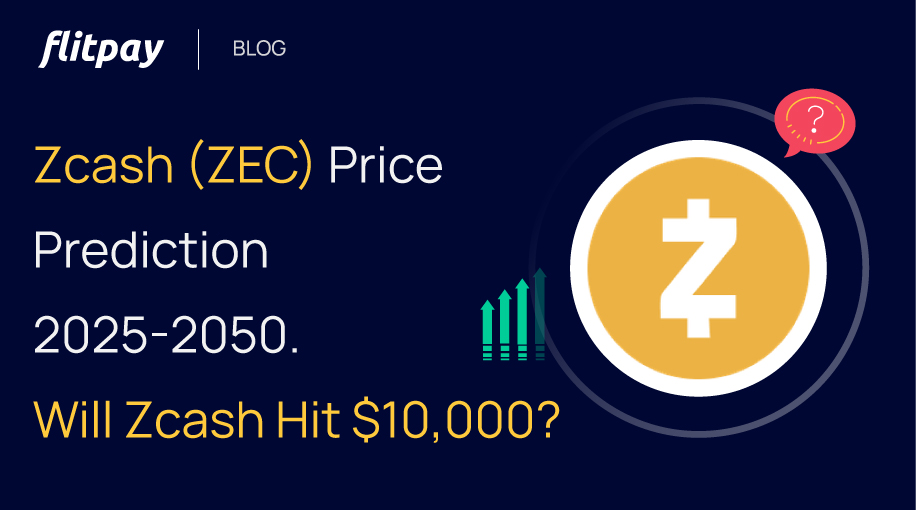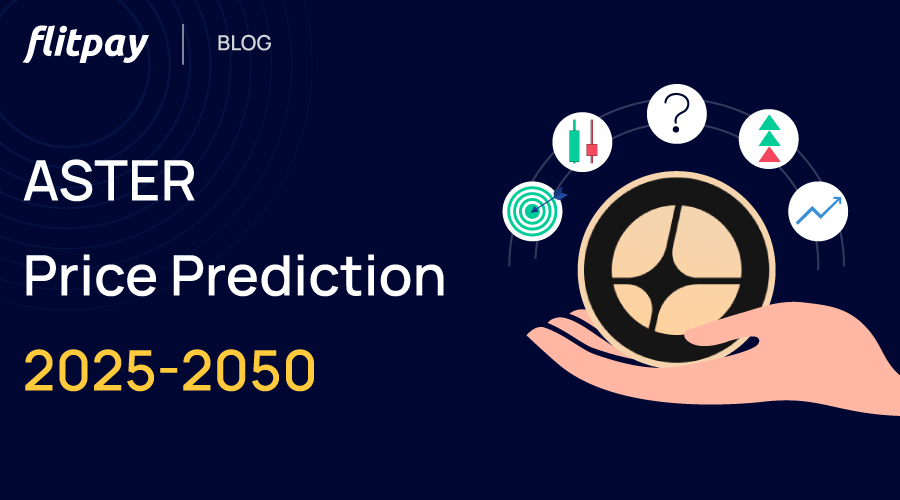"World is growing." No, wait!….."Internet is growing.”….or let's say "World is growing because of the Internet." Yah! This sounds better.
This is true. The internet has made a lot of impossible things possible. It has driven us to the heights of new inventions and innovations.
The introduction of the World Wide Web (WWW) was the most beneficent inventions. The worldwide web is rapidly evolving. Each succeeding generation of web, be it Web 1.0, Web 2.0 or the upcoming generation Web 3.0, aims to bring drastic increment in growth.
In this article, we will learn about What is Web 1.0, Web 2.0 and Web 3.0 and the challenges Web 3.0 offers. So let's get started.
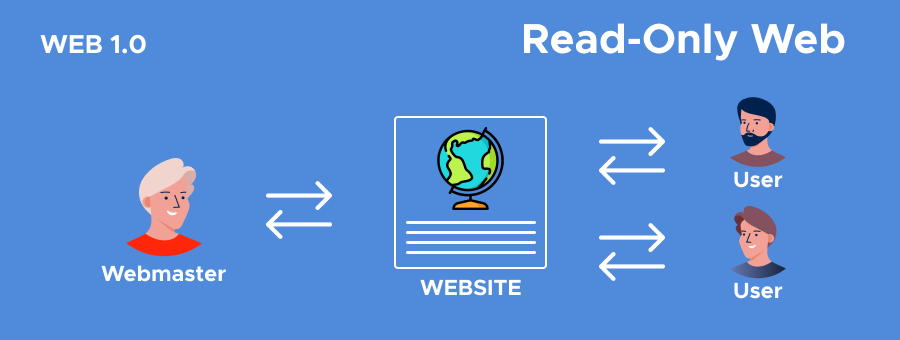
Web 1.0 (a.k.a. Read-Only Web)
The early stage of the web was Web 1.0 (1990-2004) when the internet was read-only. Web 1.0 was static, which means "during those times it feels like reading a digital book." Unlike today, interactions like commenting, liking, sharing, and purchasing were not available. The shopping websites were built like a catalogue only to display products to customers. No ads can be displayed, and no earning was possible in terms of ads and purchases. People were only the consumers, and they were not allowed to provide any input. In simple words, web 1.0 was a view only web with no writing and editing permissions.
KEY TAKEAWAYS
* Web 1.0 (1990-2004), is a read-only web.
* Users were only the consumers of information; they can not provide any input.
* No or little interactions can be held on web 1.0.
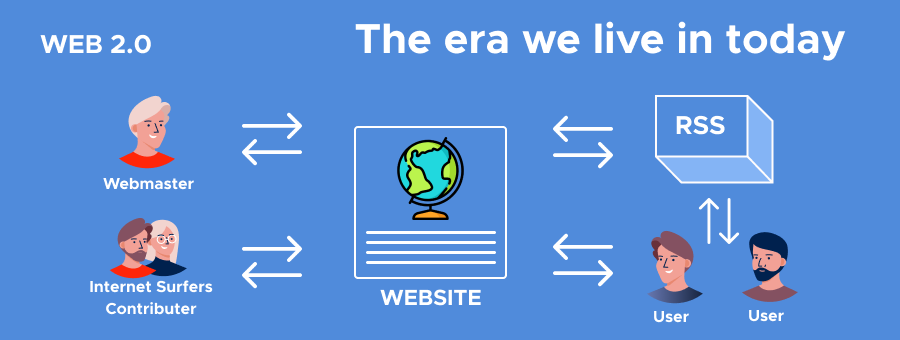
Web 2.0 (The era we live in today)
Web 2.0 is what we live in today (2004-Now). It is more user-oriented, with more functions, wider interaction and more liable applications and websites. Web 2.0 has become an income source for many of us; advertising plays a major role in this income generation. This has grown indulgence and participation of people in large number.
The shopping websites like Amazon and Myntra, social media sites like Facebook, Twitter and LinkedIn. Entertainment apps like Netflix and Amazon Prime videos, various music and gaming websites and everything we access through the internet today is part of web 2.0, which we can’t live without. These applications and websites have become our dose of necessity.
But, in the urge of facilities, entertainment and feasibility, we are knowingly or unknowingly giving up our privacy and security.
In spite of the fact that the users make 86% of the data available on the internet, we have given all control to our personal information in the hands of the companies, The videos we watch on youtube, the profiles we view on LinkedIn are all created by users. Companies just have provided us with the medium to carry out such activities.
Has it ever happened to you that you are thinking to purchase a laptop or mobile or anything, and a few moments later, the ad showed up on other platforms? If you think it's a coincidence, its' not! While accessing those websites, you agree to give your complete information, along with access to your microphones and messages, spying on you secretly. They further sell your information to advertisers and other websites which show you the things of your interest.
Centralisation has conquered our privacy, and to defeat centralisation, a decentralised web: Web 3.0 has set into the battlefield.
KEY TAKEAWAYS
* The present web is Web 2.0, which has provided us with writing, editing and reading features.
* Everything we access through the internet today is a part of Web 2.0.
* The introduction of advertisements has contributed to income generation.
* We provide access to our personal information and data to the companies in the name of security and privacy, giving it’s ownership to someone else.
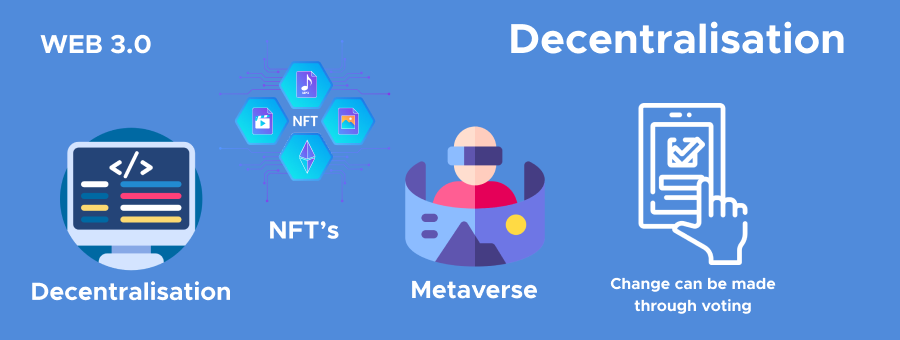
Web 3.0 (A way to decentralisation)
Web 3.0 is the idea of achieving decentralisation by transferring rights to its owners and retaining their identity. Decentralised autonomous organisations are based and built on the concept of web 3.0.
Web 3.0 will enable peer-to-peer interaction of the user with the product, eliminating the requirement of a middleman. Brave browser is one such existence that shows ads that a user wants. Users have the right to remove the ads if they don’t want to watch. If they see it, the browser distributes the rewards to users generated on the ad.
Such organisations, will eliminate the monopoly of big companies like Google and Facebook, upholding users data. Where users have no right to remove the ads. If they wish to do so, they are charged money for blocking the ads. Data breach, one of the crucial problems in the existing web 2.0 generation, will be wiped out.
But, certain challenges have had to be faced by Web 3.0 before it replaces Web 2.0.
Way to Illicit activities: Since Web 3.0 promises anonymity, people will have more guts to indulge in unethical and illegal acts. It will pave the way to cyber crimes and frauds as no identity can be revealed in any way. Whereas in Web 2.0, details of the person can be easily tracked by the government from various sources.
Abolishment of Censorship: The main motive of web 3.0 is to grant content ownership to its original creator. This might increase the chance of loss of censorship as in such a case, people might start creating and publishing bad ideas that cannot be removed and deleted in any way.
Whereas in web 2.0, data can be easily censored by the authority as they have certain conditions. You might have noticed social media platforms give the option to report content if they seem immoral, and then they check and delete the ones who violate their guidelines; many tweets which challenge the regulations of Twitter are removed, no matter how renowned the person is. But, these censorship rights are ignored in web 3.0.
No Accountability: In web 2.0, organisations keep an eye on the information released on their websites or applications. They often fear publishing false information because they can be shut down by the government anytime if they do so. In this, an organisation can be held easily responsible for any invalid act. But, web 3.0 does not offer any accountability as it's completely anonymous and decentralised.
KEY TAKEAWAYS
* Web 3.0 is a decentralised web, aiming to give ownership rights to its users.
* The introduction of web 3.0 will eliminate the middle agent; this is why most existing companies fear web 3.0, as their monopoly will be destroyed.
* A few challenges web 3.0 offers: abolishment of censorship and non accountability; opening the way to criminal activities.
So basically, web 3.0 gives the power of the internet in public hands and makes it decentralised. It is like using Netflix, where you pay per sec rather than paying for a month or year.
Web 3.0 has a lot of positive sides, along with challenges, that we have to overcome before adopting it ultimately. People are researching thoroughly to implement the idea of web 3.0, which might take years of hard work.



